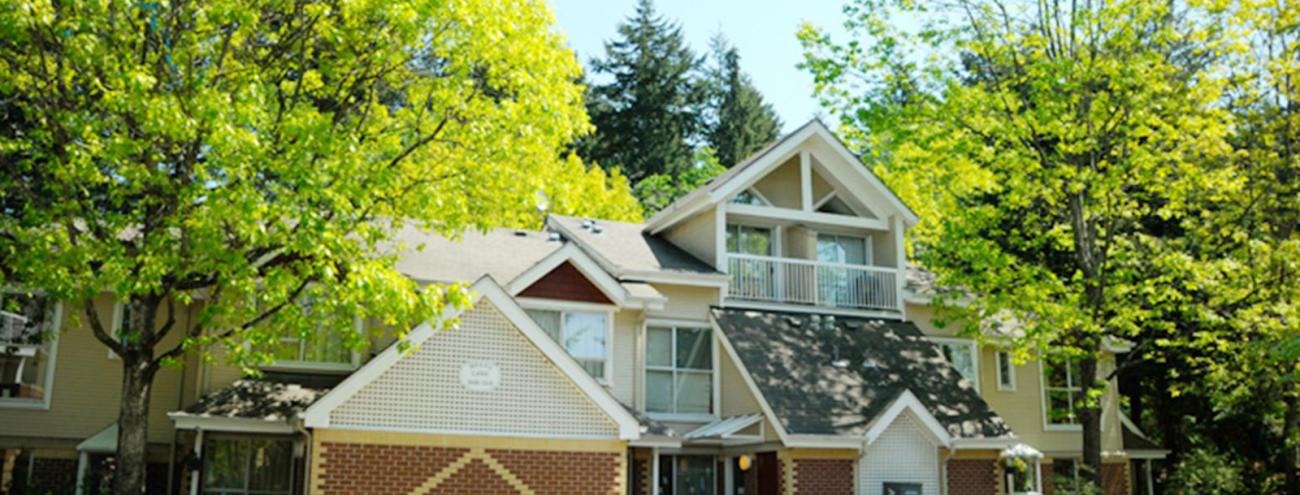
Interview: Dr. Inge Roecker, Andrew Parr, Dr. Alina McKay
We interviewed project leads Dr. Inge Roecker, Associate Professor at the School of Architecture and Landscape Architecture, Andrew Parr, Associate Vice-President, Student Housing and Community Services (SHCS), and Dr. Alina McKay, Housing Research Collaborative (HRC) Coordinator.
“We don’t have a strong understanding of how building technology impacts wellbeing, mental health and physical health. We have some theories, but we are lacking empirical basis. This is the rationale for this project.” Explains Alina McKay, research coordinator of the project and post-doctoral researcher at the School of Community and Regional Planning.
With the recent introduction of UBC Campus Vision 2050 – a planning process to re-imagine and update land use policies for UBC – campus neighbourhoods are expected to undergo significant changes in the next 30 years.
Among them Acadia Park, one of UBC's neighbourhoods offering accommodation to student families. Acadia Park not only represents an interesting case to study due to the different housing types it offers (tower, mid-rise, and low-rise buildings), but it also hosts what project leads define as “a very special community.”
“There are young families there, mostly graduate students, surrounded by a community who is having a similar life experience,” explains Andrew Parr, Associate Vice-President of Student Housing & Community Services and co-lead of the project, “Residents in Acadia Park are very passionate about where they live”.
Through the use of three design charrettes, the project team will try to understand what is important and valuable to the community and what could be improved. By adopting this approach, residents are deemed experts and they can start a conversation about the future of their community and how they envision it. Methods like visual narratives, walking tours and photovoice will be adopted in the charrettes to allow people to share their experiences. For instance, residents will be given a camera to document their daily lives in Acadia.
“I am really interested in seeing the relationship between sustainability and sociability, but I am also curious to learn how the built environment affects connections between the inside of a house, the private living space, and the outside, the shared living space”, says Inge Roecker, Associate Professor at the School of Architecture + Landscape Architecture and co-lead of the project. She also adds that COVID-19 and the possibility to work from home significantly changed the way people interact with their living environment.
However, the project is not about informing imminent change in Acadia Park. “We need to make it clear to participants that the neighbourhood will remain unchanged for at least the next 15 years,” clarifies Andrew Parr “The aim of this research is to understand what residents value the most in their neighbourhood, what elements they would like to preserve”.
In fact, the importance of the project transcends the UBC Vancouver campus. Findings, which will be shared interactively through multiple media, will be useful to other universities, but also to other communities in Canada seeking to gain a better understanding of what constitutes good housing and good neighbourhoods. This is especially relevant now that we are experiencing a worldwide housing crisis. Lessons learned through this research are going to be valuable for the development of new housing in the future.